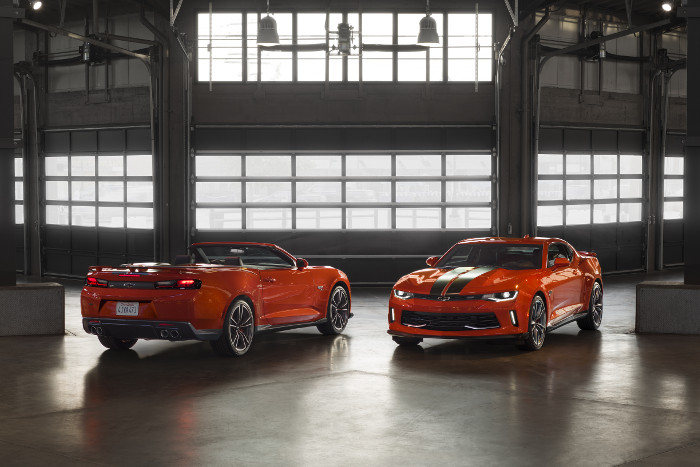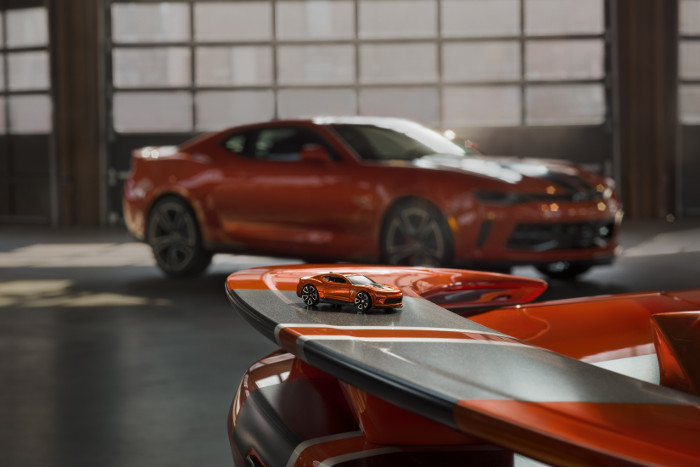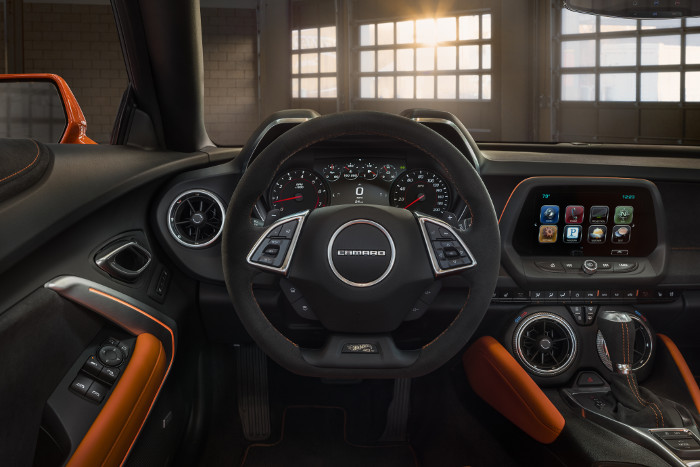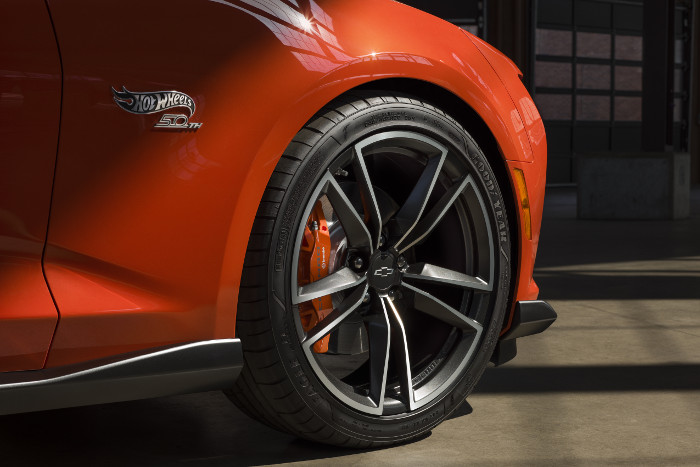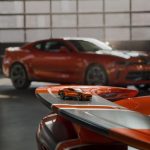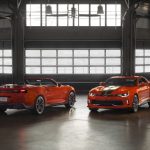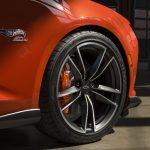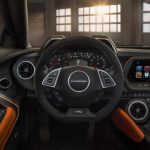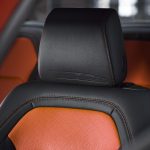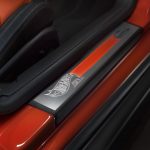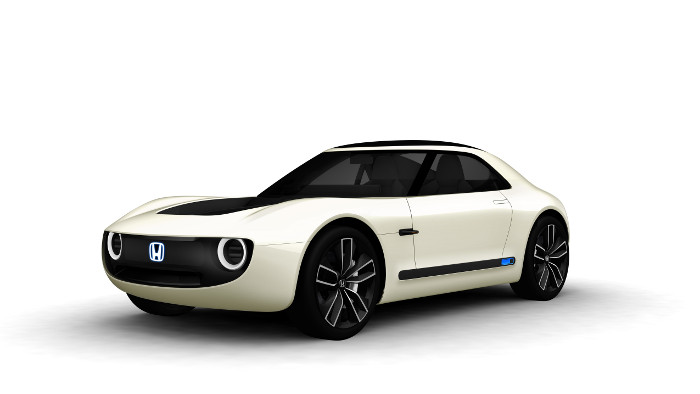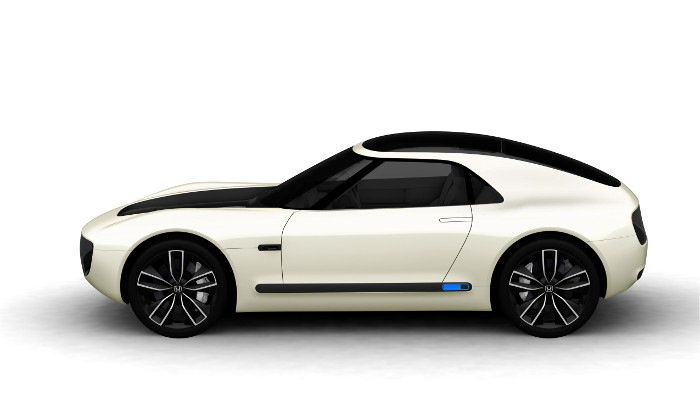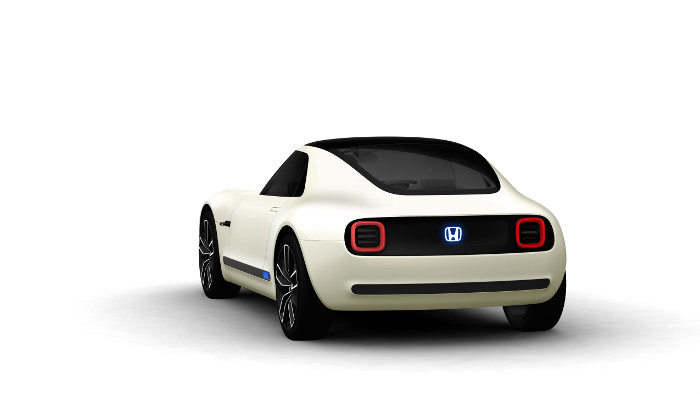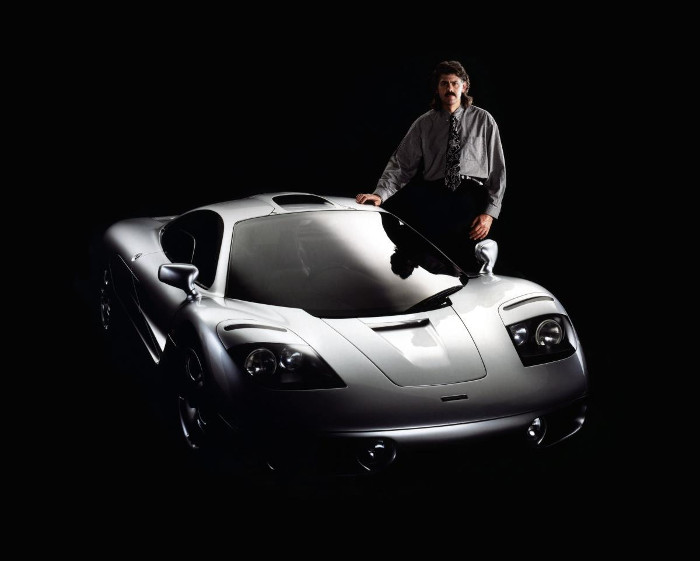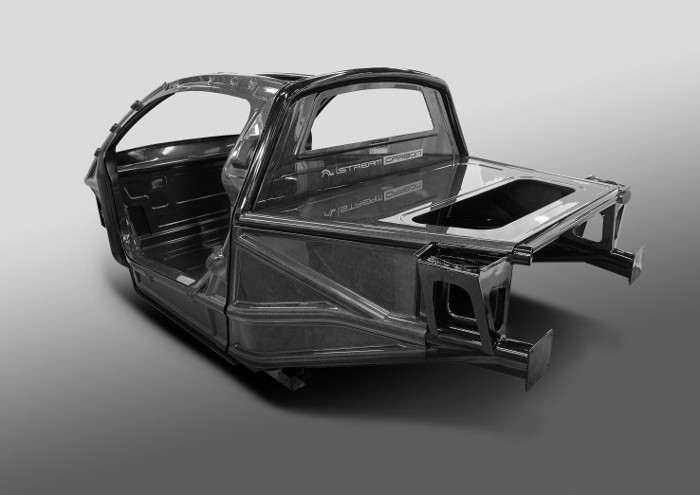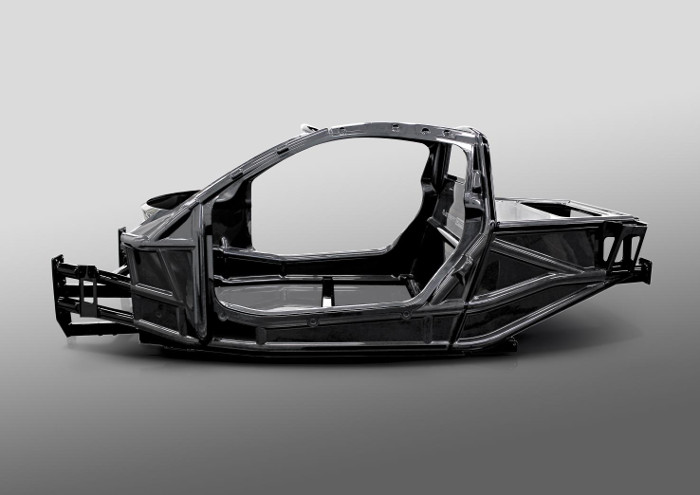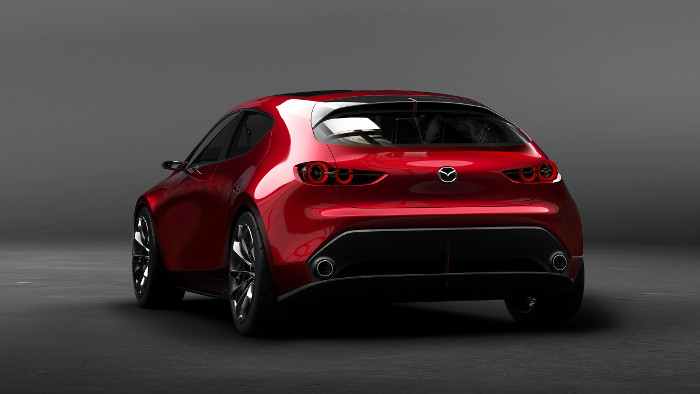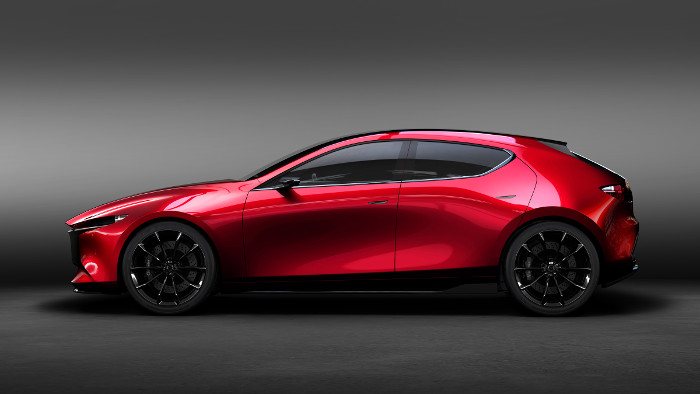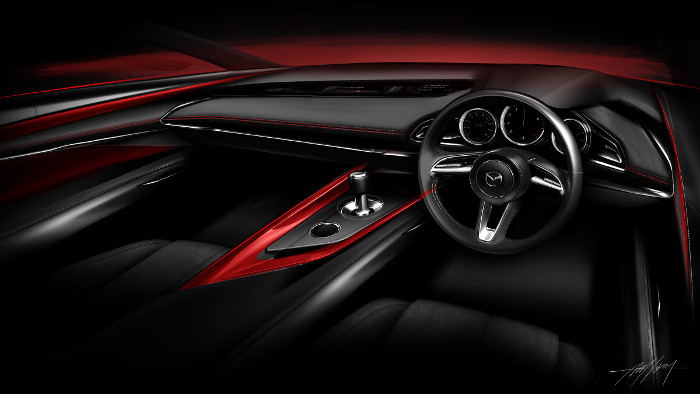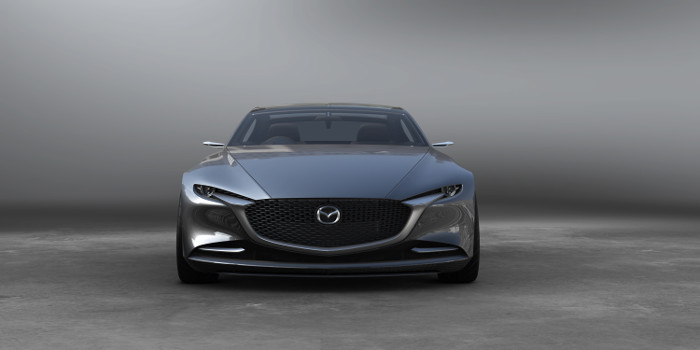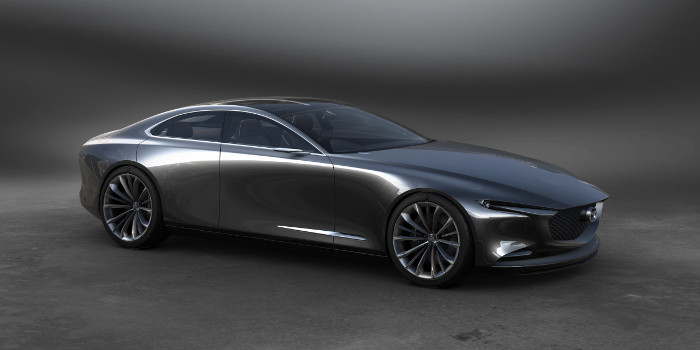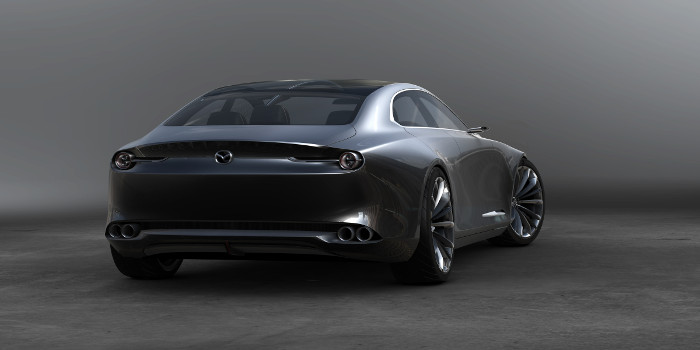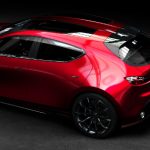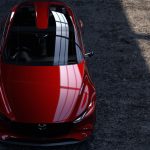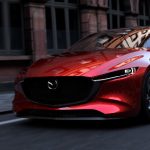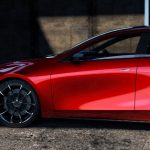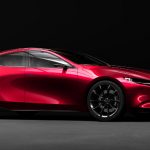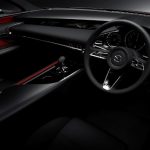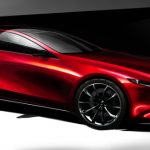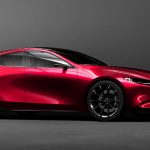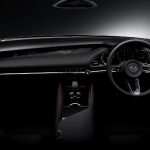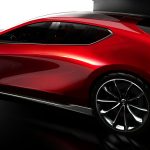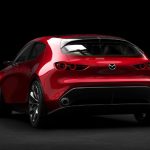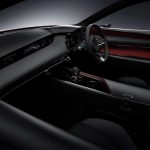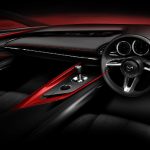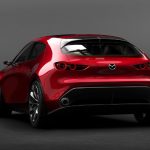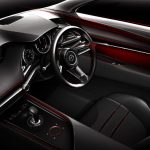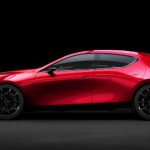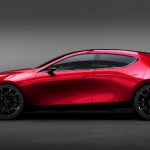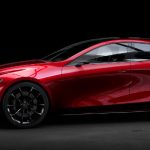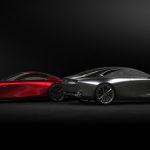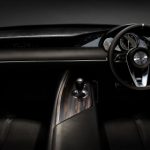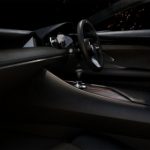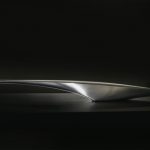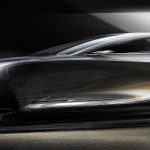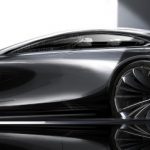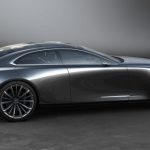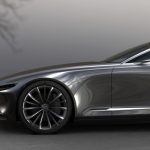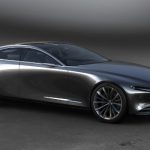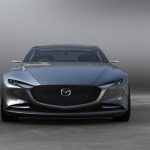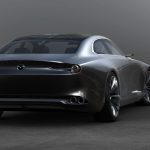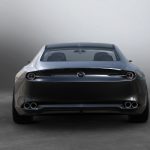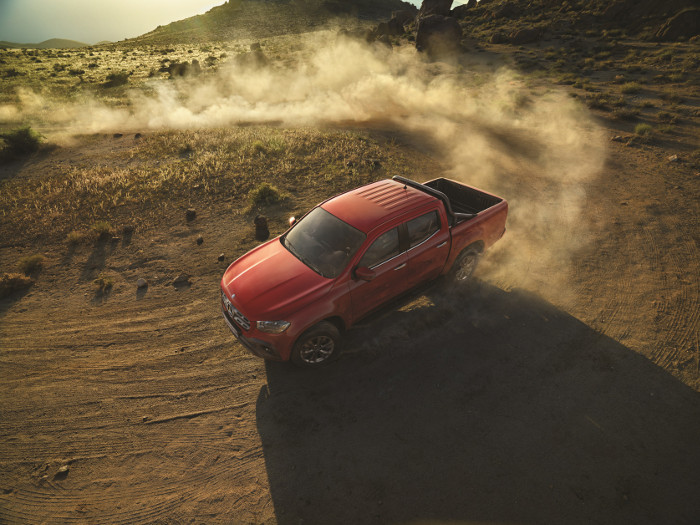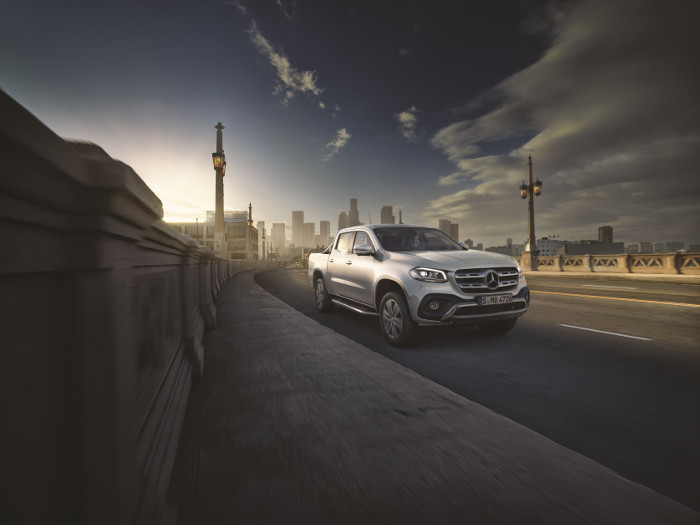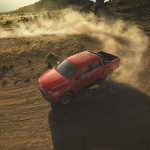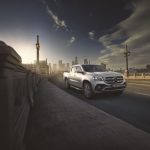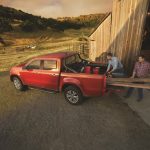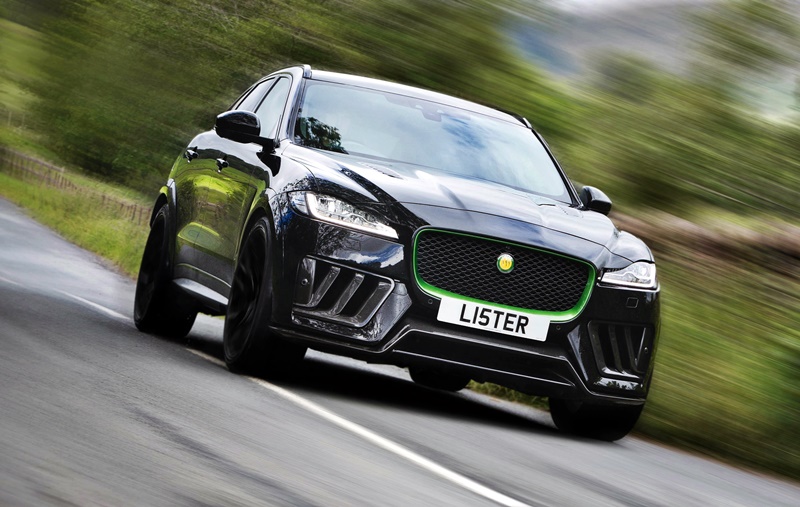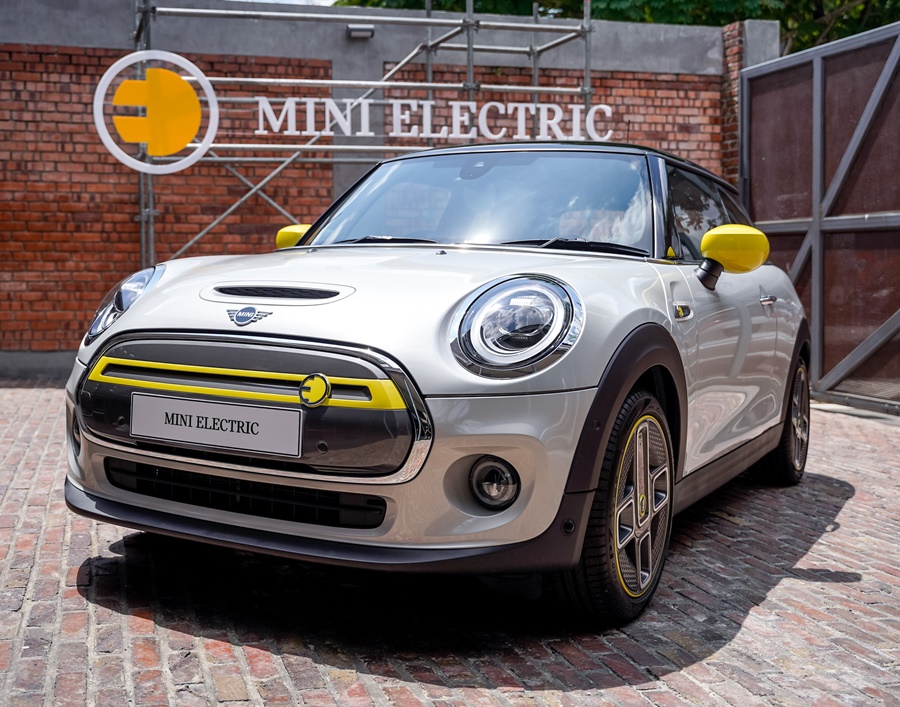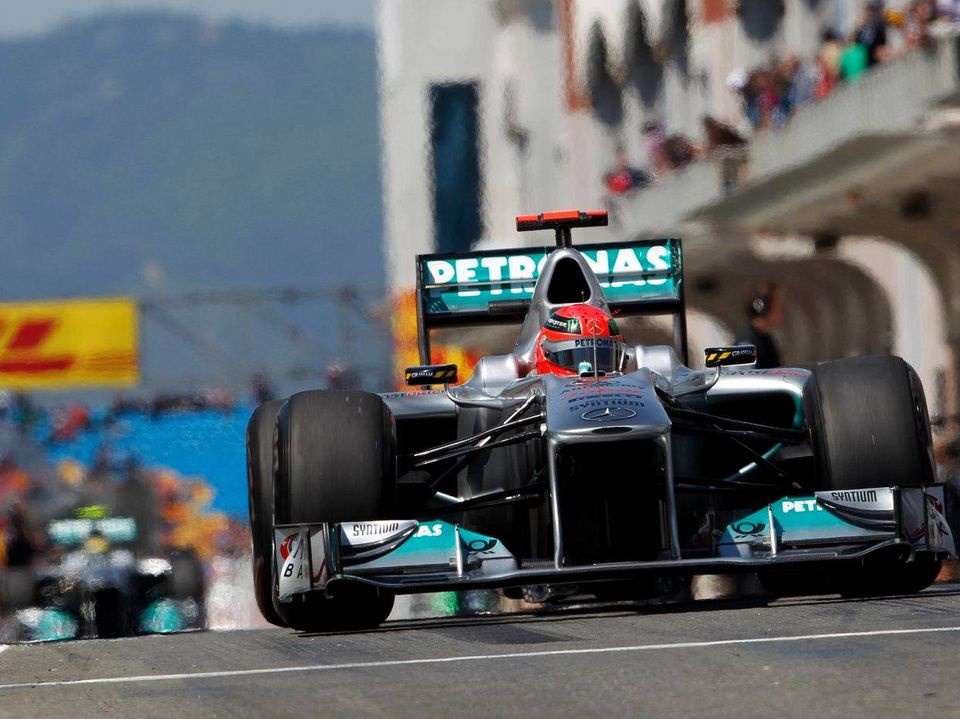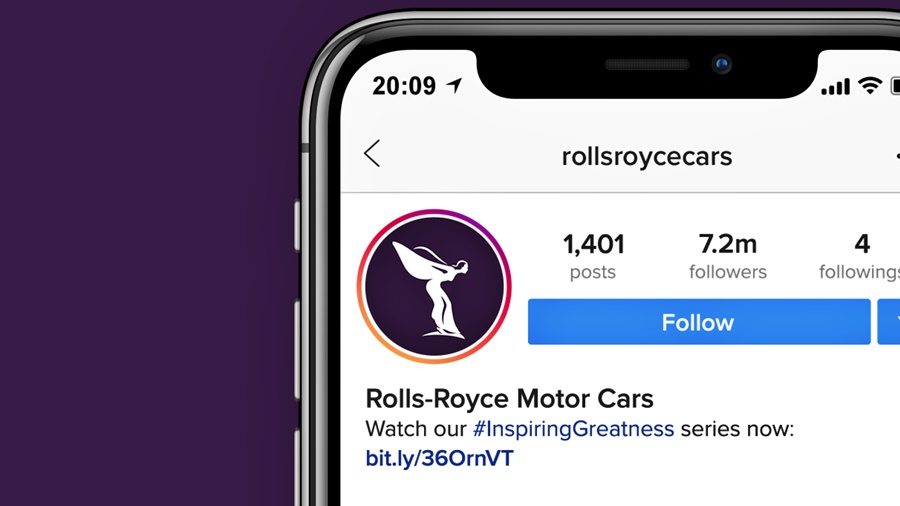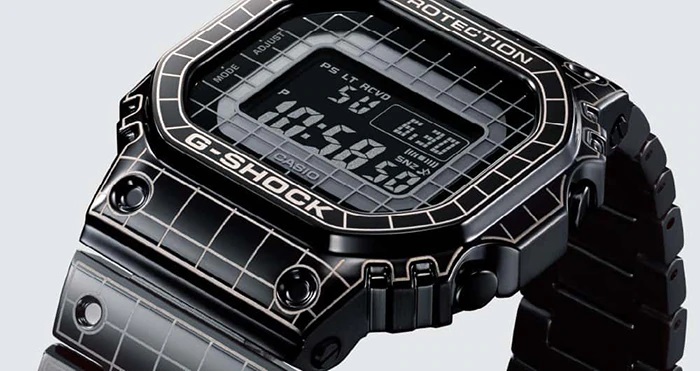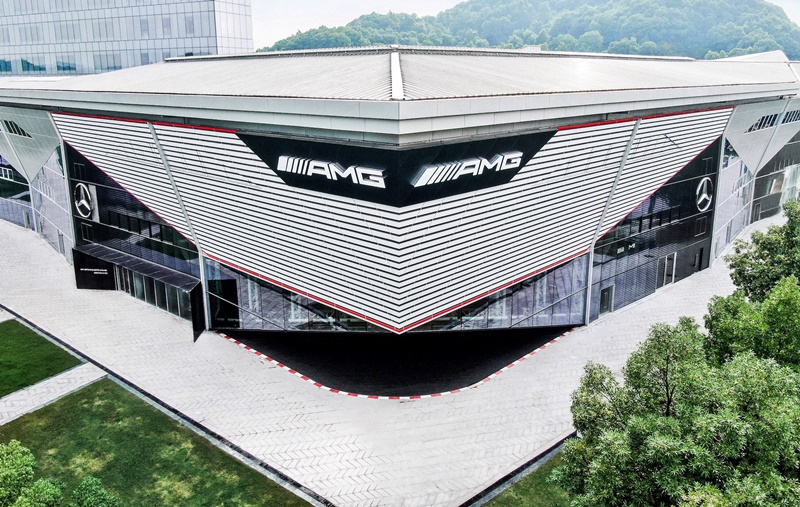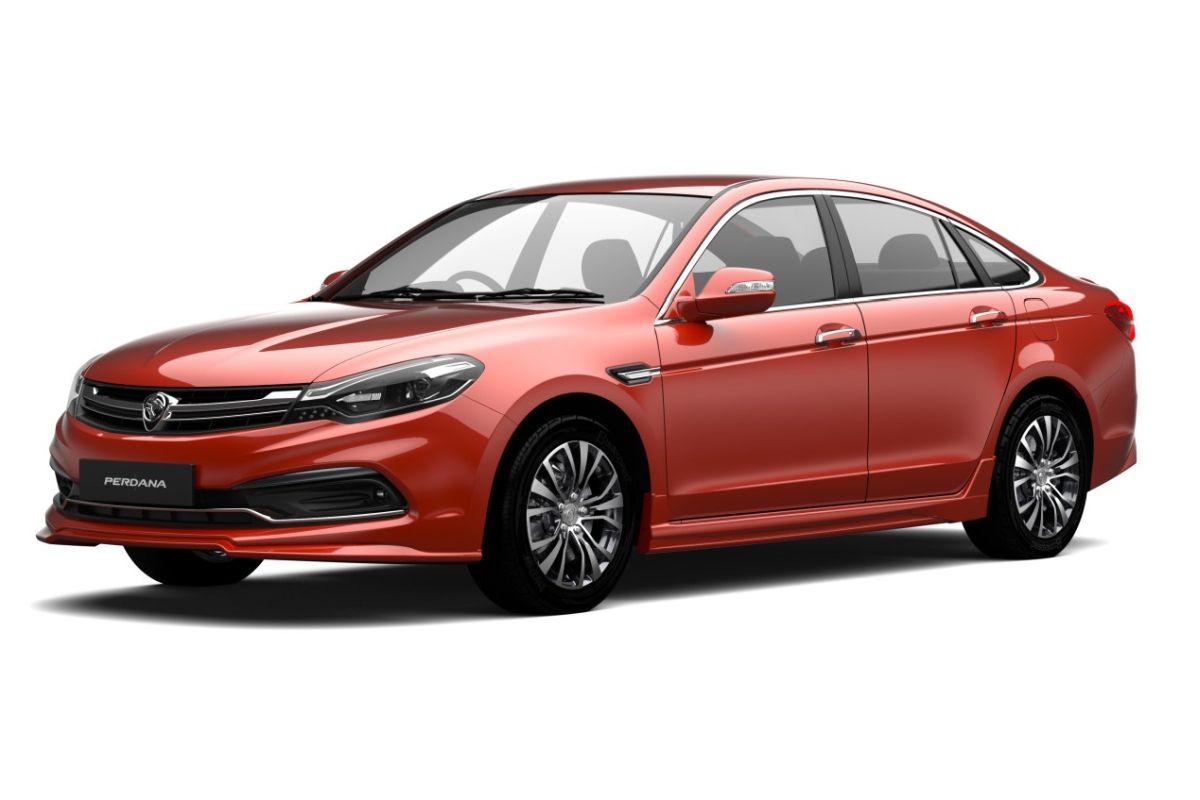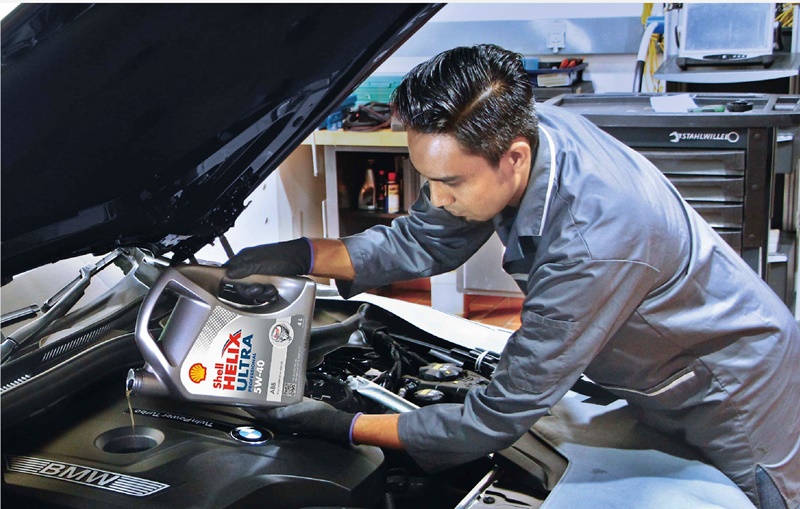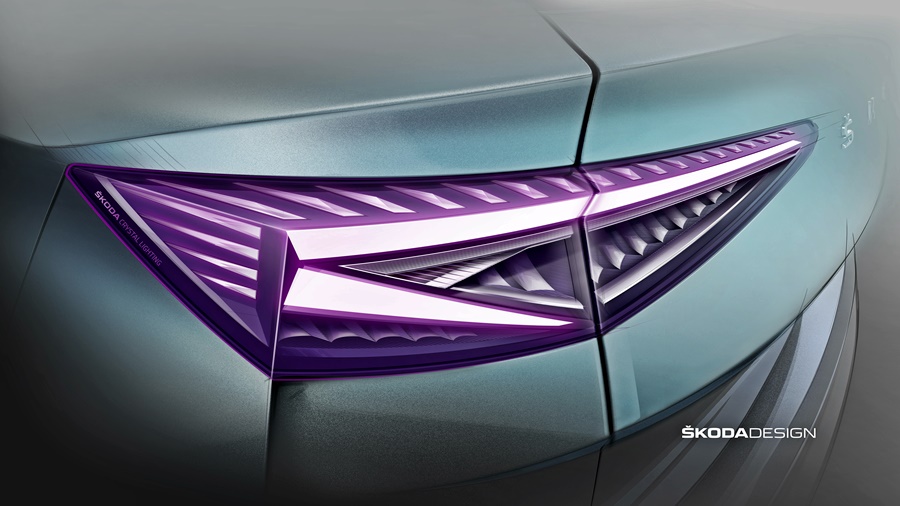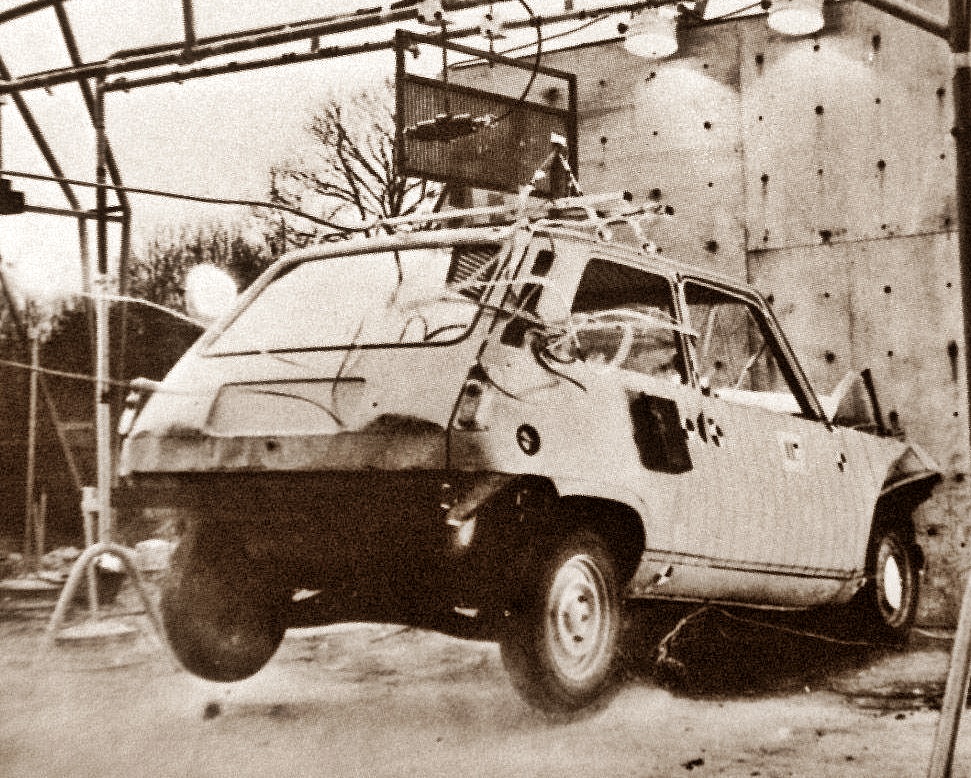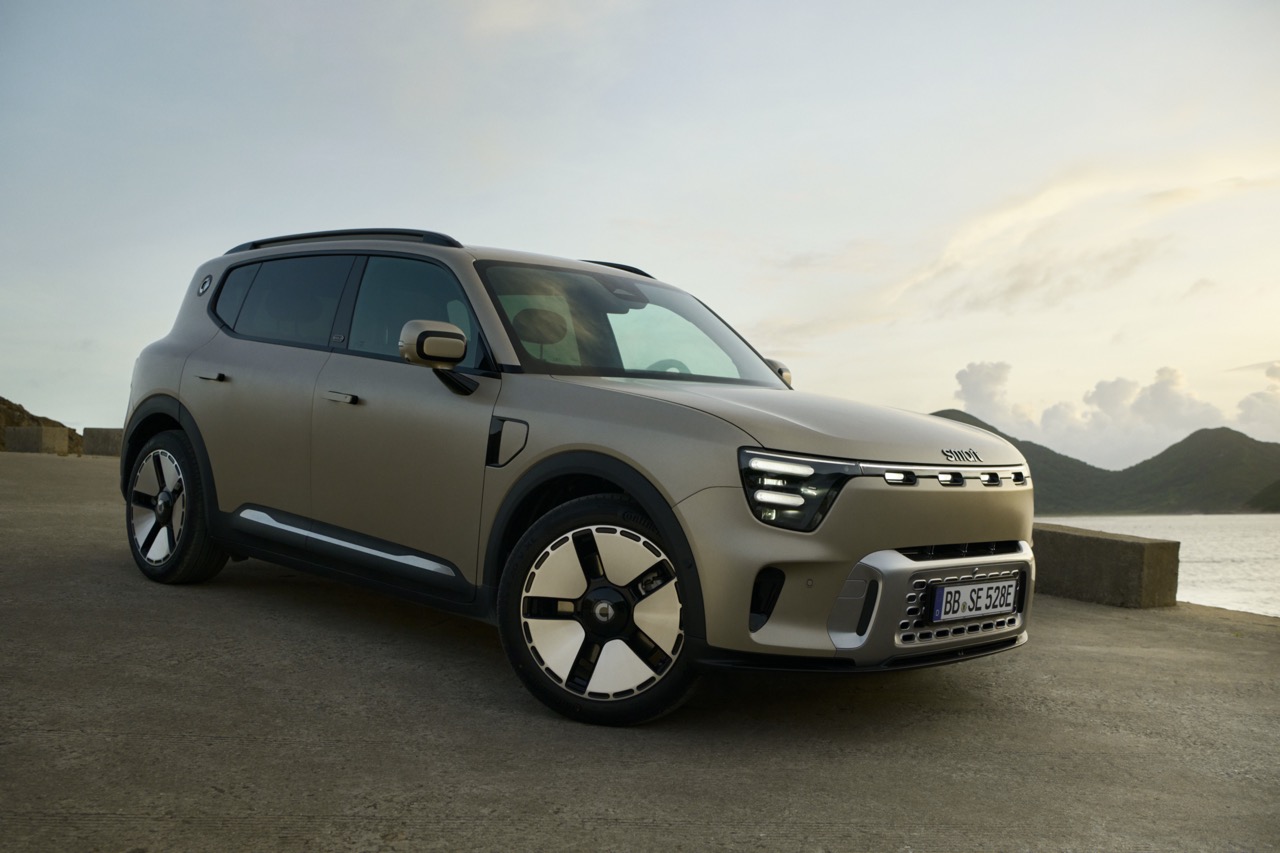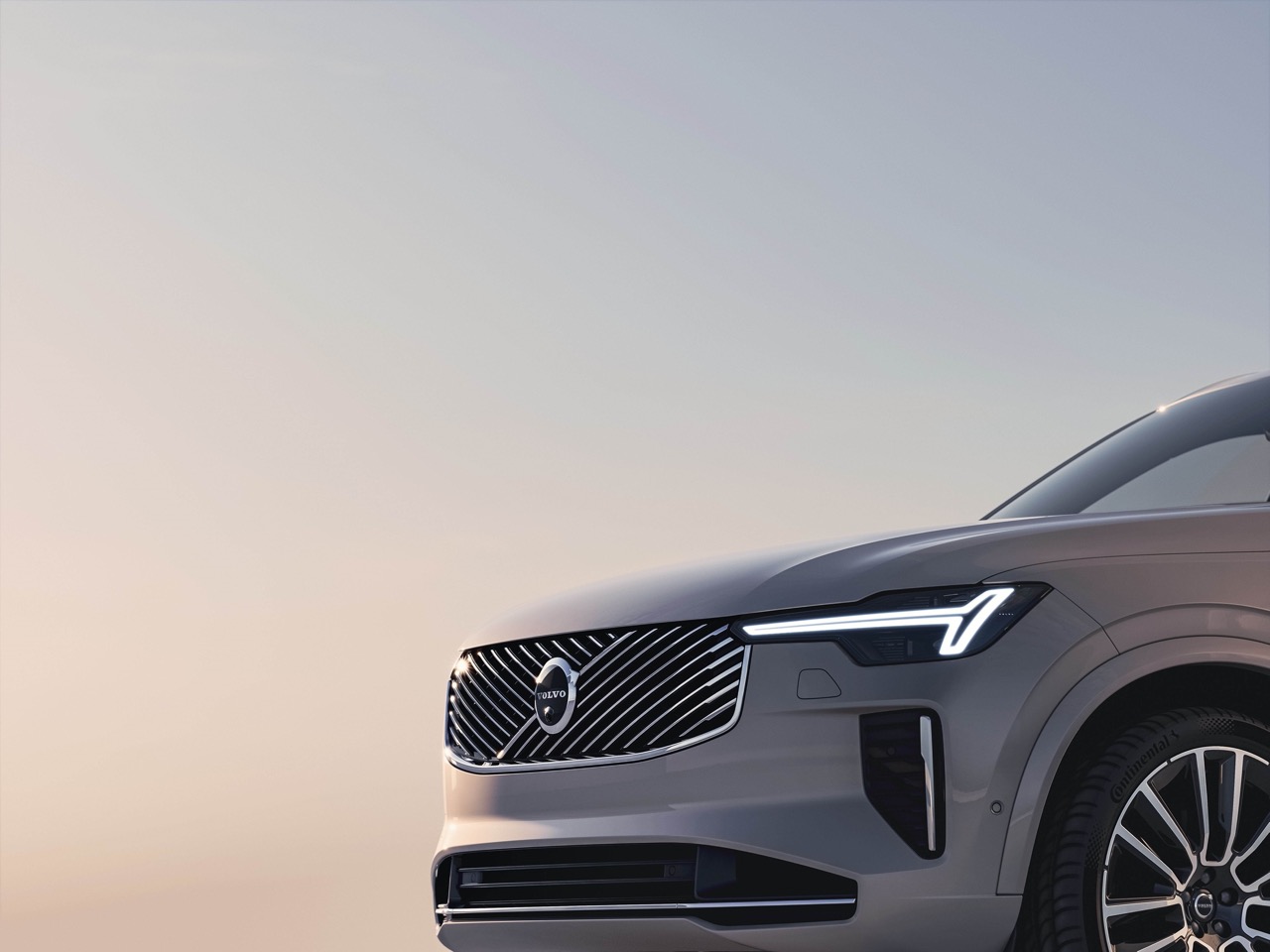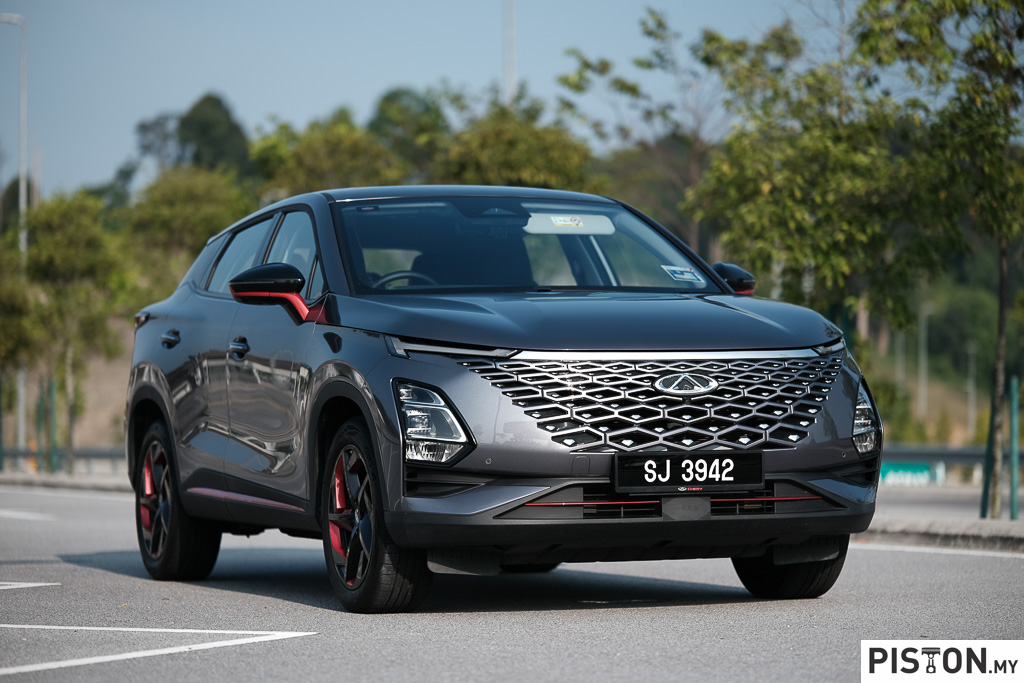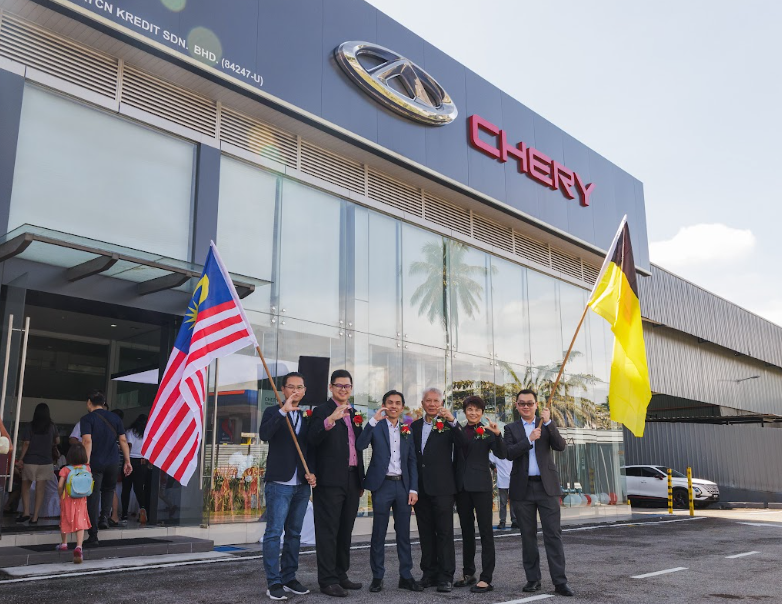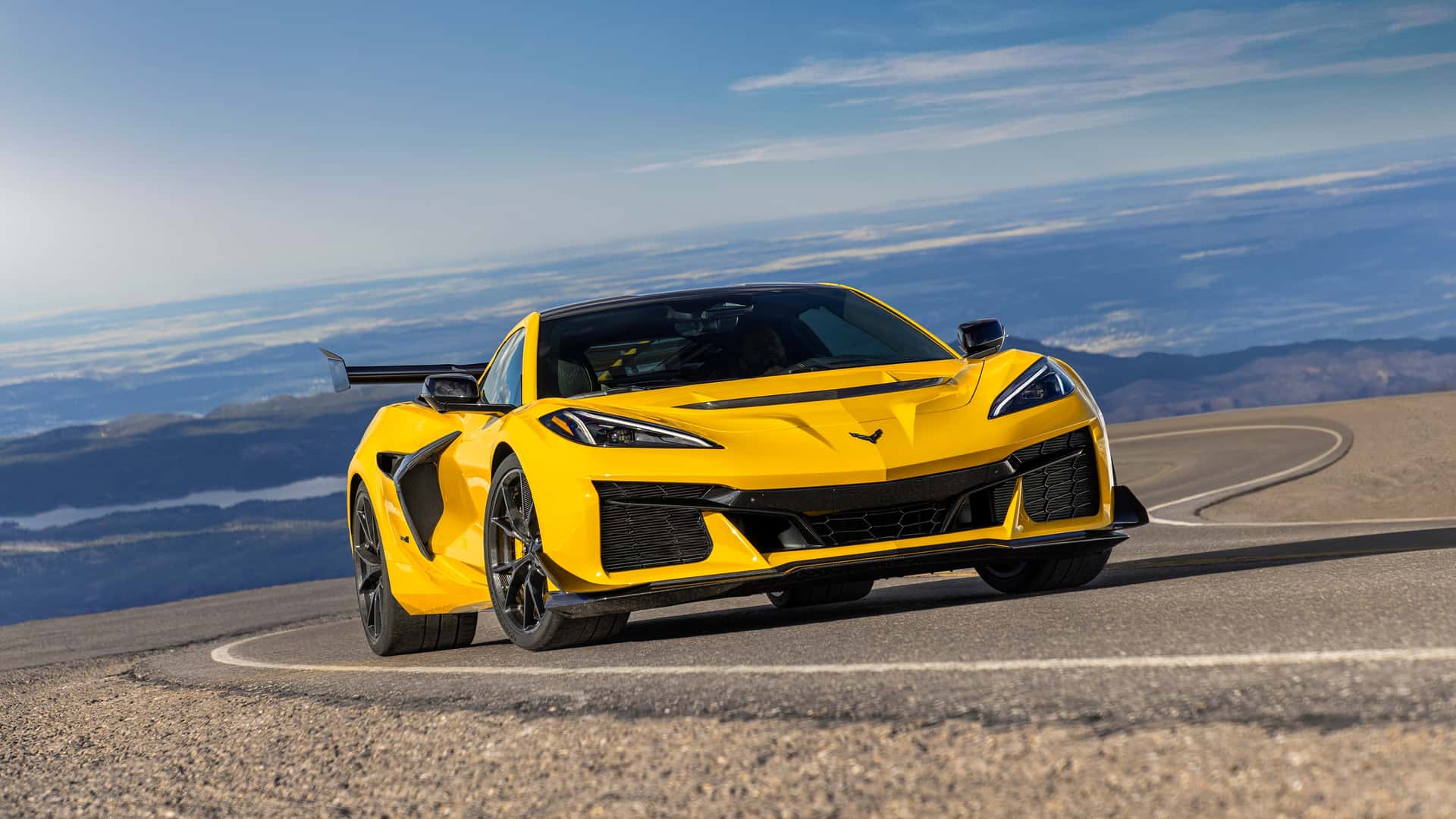This year marks the 50th anniversary of Chevrolet and Hot Wheels’ partnership in producing some of the most memorable toy cars that have brought great joy to many young kids. The fruits of their efforts have spawned many innovations and incredible designs that attributed to the success of both companies.
And to celebrate this historic occasion, Chevrolet will be introducing a ‘commemorative package’ for its 2018 model year Camaro. This will allow owners to turn their vehicles into real life and size Hot Wheels racers.
The package has been made available for Camaro 2LT and 2SS models of both Coupe and Convertible body styles. Design elements that are offered with this package pay homage to iconic Hot Wheels features that include a Crush exterior color and stripes that replicate the toys’ famous orange tracks.
“In the 1960s Hot Wheels and Camaro challenged vehicle design by elevating the speed, power and performance of both die-cast and pony cars alike. For 50 years, both brands have developed high-performance cars that embody the challenger spirit,” said Chris Down, senior vice president and Global Brand GM, Hot Wheels.
The following is the extensive list of parts and trim that come with this ‘Commemorative Package’:
- Satin Graphite stripes with Silver Ice Metallic accents
- Satin Graphite ground effects
- 20-inch forged aluminum wheels (with summer-only tires on SS) in Satin Graphite with milled faces and unique center caps
- 50th Anniversary Hot Wheels fender badges
- Unique grille with Galvano Chrome inserts
- Orange brake calipers
- Dark taillamps
- Black taillamp panel with the Hot Wheels emblem
- Black Chevrolet bowtie emblems
- Jet Black leather-appointed interior with exclusive orange
- inserts and orange accent stitching
- Orange kneepads on the doors and orange safety belts
- Embossed front-seat headrests
- 50th Anniversary Hot Wheels badge on the steering wheel
- Illuminated doorsill plates with 50th Anniversary Hot Wheels badges
- Premium carpeted floor mats with orange stitching and “ghost” stripes
Chevy’s original Camaro, which was introduced in the mid-1960s had a distinctive design feature that allowed its headlights to be hidden in the front sub-frame when not in use. This provided the car with a menacing and rebellious look that may have partly contributed to its immense success.
The latest Camaro doesn’t have hidden headlights, instead it features a higher level of performance, cutting edge tech and a cozy interior. The Camaro Hot Wheels Edition will join approximately 20 other Chevrolet models at this year’s SEMA Show that will take place at the end of this month.





